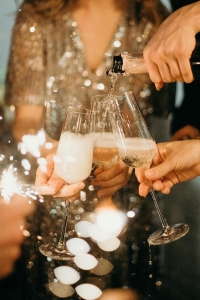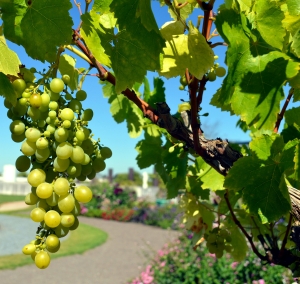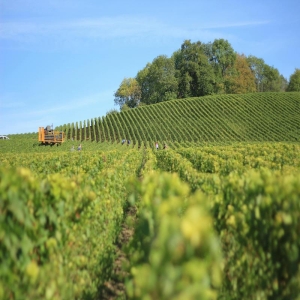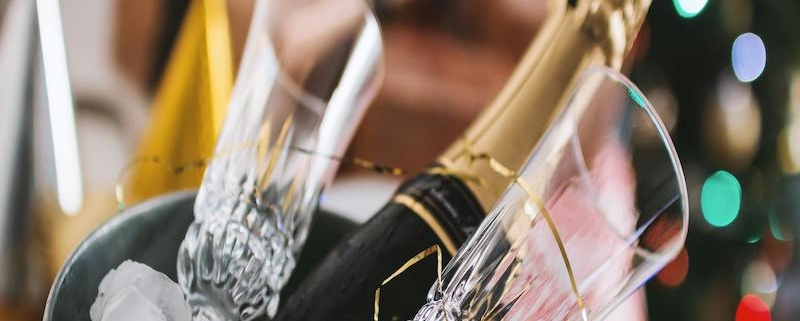International Champagne Day: A Sparkling Celebration
International Champagne Day is on the third Friday of October, a day to celebrate one of the world’s most glamorous drinks: Champagne. A day to get out there and try, appreciate and enjoy the sparkling wines of the Champagne region of France, where the terroir, history and tradition is second to none.

What is Champagne
Champagne is a sparkling wine made only in the Champagne region of France from specific grape varieties, mainly Chardonnay, Pinot Noir and Pinot Meunier. Champagne follows strict rules and methods, including the Méthode Champenoise where the second fermentation takes place in the bottle to create the bubbles.
What makes Champagne different from other sparkling wines is not only the process but also the chalky soils and climate of the region which gives the wine its flavours and aromas. Champagne is often described as having crisp acidity, fine bubbles and complex notes of citrus, stone fruits and toasted brioche.
History of Champagne
The history of Champagne goes back to Roman times when vineyards were planted in the region. But it wasn’t until the 12th century that Champagne started to become a wine region. During this time the Benedictine monks played a big role in developing viticulture in the region, especially at the Abbey of Hautvillers. One monk, Dom Pérignon is often credited with inventing Champagne but his actual contribution was perfecting the blend of grapes to make a better and more consistent wine.
In the 17th century sparkling wines started to gain popularity. Winemakers began to experiment with the fermentation process and accidentally created the bubbles. This was a big deal as many consumers saw the bubbles as a flaw. But the sparkling wine soon became highly sought after. By the end of the century Champagne was becoming a luxury drink, especially among the aristocracy.
The 18th century was a turning point for Champagne. The region started to export its wines and the demand was huge, especially from the British nobility. This popularity led to the creation of several big Champagne houses, Moët & Chandon, Veuve Clicquot and Perrier-Jouët. These houses developed marketing strategies and branded Champagne as a luxury and celebration drink.
The 19th century was the heyday of Champagne, with technical improvements in production. The introduction of glass bottles that could withstand the pressure of sparkling wine allowed for longer aging. The Champagne houses focused on consistency and created the categories of Brut, Sec and Demi-Sec.

Modern Champagne
In the 20th century Champagne faced challenges, World War I and World War II devastated the region and production was disrupted. But the Champagne producers were resilient and the industry bounced back. Post war the global demand for Champagne exploded and Champagne became the drink of celebration.
In recent years Champagne has continued to evolve with a focus on sustainability and climate change. Winemakers are working to preserve the terroir while adapting to climate change.

End
International Champagne Day is a day to celebrate, educate and appreciate one of the world’s most loved drinks. As you pop the cork and pour a glass on this day, take a moment to think about the heritage and tradition of Champagne.




Leave a Reply
Want to join the discussion?Feel free to contribute!